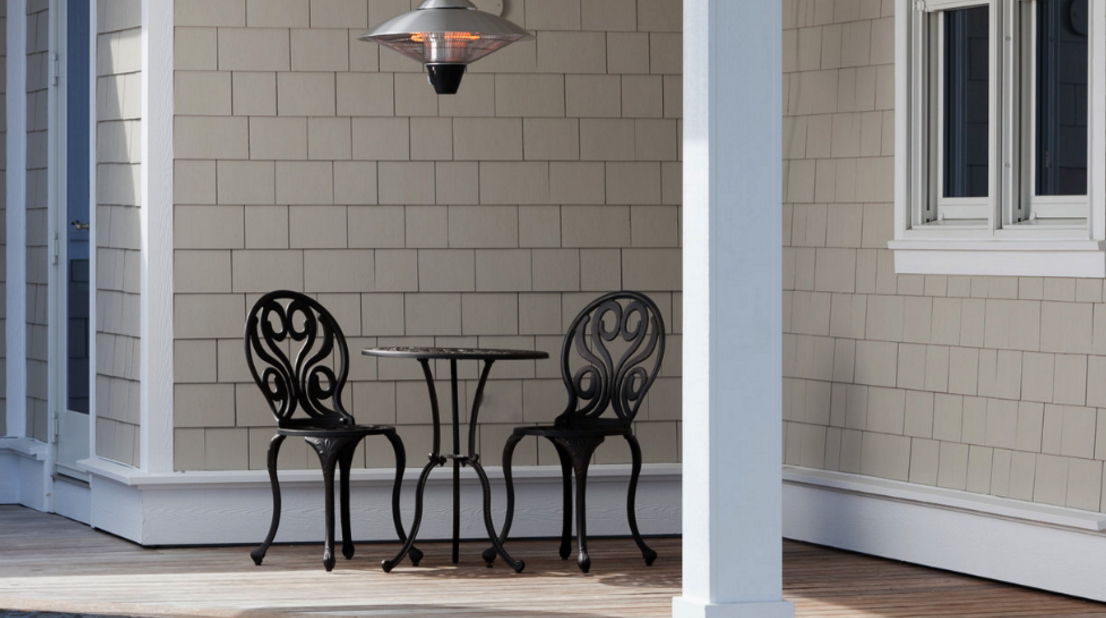If you’re looking to install a pool heater in your Dutchess County, NY swimming pool, check out these points for the low-down on heated pools and how you can get the most out of your investment.
Advantages of a heated pool
Comfortable early morning and late night swims, as well as being able to use your pool when the chill of the fall is creeping in (and really here!), are some of the reasons homeowners invest in heated pools. What is not often considered is that a heated pool not only extends your swimming season, but may also extend the lifetime of your swimming pool. Even kept at a low level during the winter, a swimming pool heater will stop the water in your pool and in the filtration system of your pool from freezing and causing damage. Ice damage can affect the ability of your pool to maintain water and the efficiency of your the pump, and even cause water damage outside of your pool from leaks in external piping.
As far as personal benefits go, a heated pool is the perfect way for sportsmen and women to unwind tense muscles and aid recovery, and a great way for even non-athletes to relax at the end of the day. A heated pool also provides a temperature comfortable for young children and the elderly who may otherwise avoid swimming even during the summer. And of course, heated pools allow a safe and comfortable environment for gentle exercise for people of all ages.
Types of heated pools
Essentially, there are four main kinds of swimming pool heaters: solar powered, electric resistance, gas, and heat pumps.
Solar pool heaters are ideal for all year round, low-cost heating, provided you have adequate surface area available for the solar panels. Solar technology is increasing rapidly and as such, solar pool heaters are an extremely efficient option if you have the space.
Gas heaters are fast and effective for short periods of pool use over the weekend or a couple days a month, but because of the high cost of gas, may not be cost effective over the long term. For vacation homes and pool parties, gas heaters are a good option as you can fire up the heater and often have the pool at a comfortable temperature in just a few hours. Related: Pool Deck or Patio?
Heat pumps run off electricity and use a thermostat system to maintain a regular temperature and reduce running costs. Heat pumps are slow to heat up and can take up to three days to heat your pool initially, and as such are not effective at below 45 degrees Fahrenheit. Once a heat pump has heated the water to the desired temperature, it is efficient at maintaining the temperature at a low cost.
Electric resistance heaters use a similar principle to that of an electric kettle. They heat up quickly, but require huge amounts of electricity to operate on a standard size pool. These are usually reserved for smaller vessels such as hot-tubs and spas.
How to reduce energy expenditure
Apart from supplementing the heating of your pool with additional solar panels, an insulating covering is an effective way of reducing the cooling of your pool and subsequently conserve energy expenditure. Reducing your pool’s wind exposure and ensuring an appropriately sized heater for the size of your pool are also effective means of cutting energy costs. Related: 6 Patio Heaters to Consider Now.





